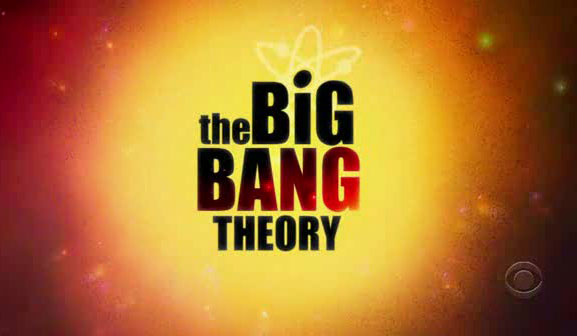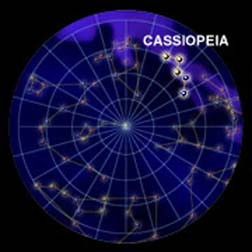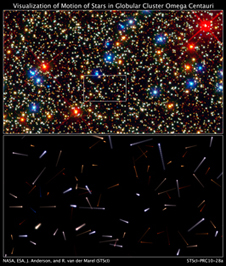Star Astronomy News
Translate This Page Star Clusters of Unimaginable Size Exist in the UniversePosted by Warren Wong on Thursday, September 19, 2013,
In :
Star Astronomy
The Biggest Bang of Them All?Posted by Warren Wong on Saturday, November 6, 2010,
In :
Star Astronomy
Continue reading ... Dance Across the Night Sky with Cassiopeia the QueenPosted by Warren Wong on Friday, November 5, 2010,
In :
Star Astronomy
Continue reading ... Journey into the Heart of the BeehivePosted by Warren Wong on Friday, November 5, 2010,
In :
Star Astronomy
Continue reading ... The First Possible Cradle for a New Human Genesis?Posted by Warren Wong on Thursday, November 4, 2010,
In :
Star Astronomy
Continue reading ... Something Unusual, Something NewPosted by Warren Wong on Monday, November 1, 2010,
In :
Star Astronomy
| Author
Warren Wong
Prince George, British Columbia. Tags |





 Photos NASA
Photos NASA NASA photo
NASA photo